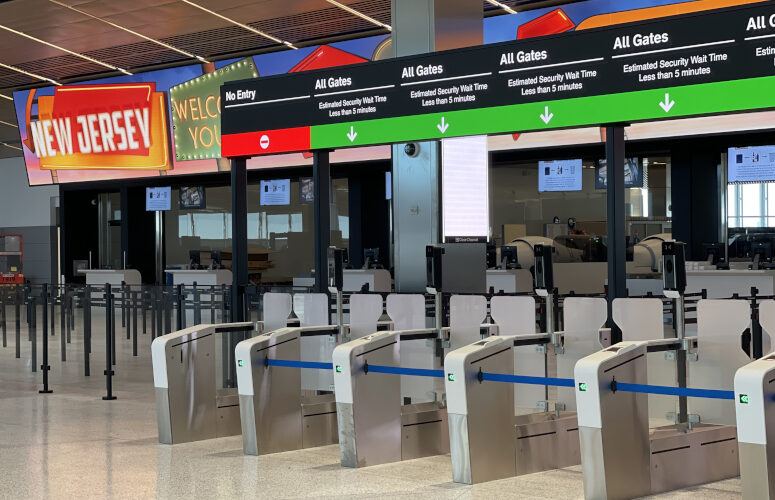
Port Authority Launches Next Phase of Truck Replacement Program for Port of NJ/NJ
On Oct 21, 2015The Port Authority of New York and New Jersey recently launched the next phase of its Truck Replacement Program to provide truckers who regularly call on the Port of New York and New Jersey terminals with financial incentives to replace their older vehicles with cleaner and safer ones, building on the 33 percent reduction in port pollutants already achieved since 2006.
The agency will use a $2 million federal Congestion Mitigation and Air Quality Improvement grant to help truckers cover up to 50 percent – up to a maximum of $25,000 per truck – of the cost of purchasing a replacement truck with a model year 2007 or newer engine. The grant money will provide enough funding to cover the purchase of 80 trucks. The 80 newer trucks are projected to result in emission reductions of approximately 42 tons of particulate matter and 708 tons of nitrogen oxides over the lives of the replacement vehicles. This program, combined with others previously instituted in the port, have resulted in an average 33 percent reduction across all port related pollutant emissions, despite a 7 percent increase in port cargo over the same period between 2006 and 2013.
Grant recipients must already own or lease a truck with a model year 1994 to 2006 engine and call on the Port Authority’s marine terminals at least 150 times a year. Funding is available on a first-come, first-served basis with priority on replacing older, heavy emitting trucks first, specifically trucks with 1994 through 1997 engines. The old truck must be scrapped.
To further assist truckers in replacing their old vehicles, the Port Authority will implement similar grant programs with an additional $7 million in federal grant money for truck replacement that it expects to receive over the next two years, and with $200,000 in agency funds. The agency also is working closely with financial institutions to explore whether low interest loans would be available to the trucking community. Alternatives to the current plan to phase out older trucks serving the port, which may affect engine model year access and implementation date(s), are also currently being evaluated.
“Replacing older model trucks with newer ones is a critical component of our clean air strategy and one that will provide significant environmental benefits not only on port property but in the communities that surround it,” said Port Authority Port Commerce Director Molly Campbell. “We will work closely with all the appropriate stakeholders to get their input and advise on how we can best move this important program forward.”
Since the program began in 2010, the Port Authority has facilitated the replacement of 429 older trucks with newer models. The program has resulted in an estimated annual emission reductions of 356 tons of nitrogen oxide and 14 tons of fine particulate matter, which represent roughly 70 and 64 percent reductions respectively in both pollutants.
In addition to the truck program, the Port Authority, through its Clean Air Strategy for the Port of New York and New Jersey, has implemented other emission reduction actions at its port facilities, including the investment of more than $600 million in environmentally friendly rail facilities at all of its port terminals – including the recently approved rail facility to serve Global Terminal in Jersey City – which are funded primarily through the agency’s Cargo Facility Charge. In addition, the agency has provided incentives to modernize cargo-handling equipment and to encourage the use of low-sulfur fuel in ocean-going vessels as well as to attract the cleanest vessels to the port; and initiatives to retrofit port switcher locomotives with ultra low emitting GenSet engines.
Truckers interested in participating in the Truck Replacement Program grant program can visit the Truck Service Center in the Elizabeth-Port Authority Marine Terminal in Elizabeth or visit the website in both English (www.replacemytruck.org) or Spanish (www.cambiamicamion.org).
Related Articles:






